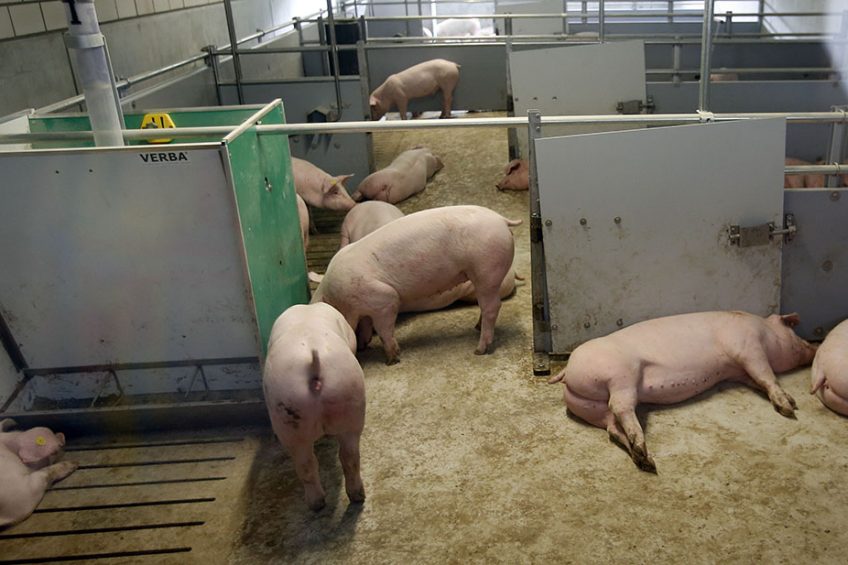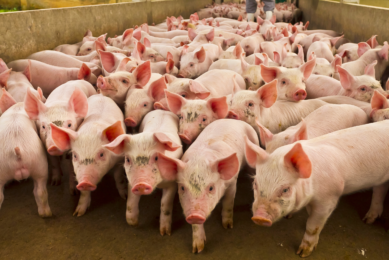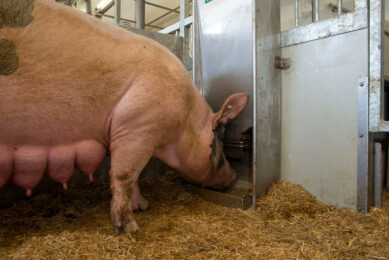Reducing antibiotics: Do we need to refocus our attention?

Many swine producers around the world face challenging problems when it comes to reducing the use of antibiotics in pigs. Apart from the question whether or not there are alternatives, it is also good to ask the question whether it wouldn’t be good to look at a bigger picture and to refocus our attention. Dr Casey Bradley explains.
This year has been a roller-coaster for both us as humans and our swine industry. Some of us are still putting out our fires and may even have new fires, while others are trying to stay busy. Personally, I have been trying to scale up my business in the midst of today’s uncertainty. However, because I have been so focused on growing my company, I lost focus on other things in my life. Thus, over the last couple of weeks I have had to refocus my attention on having a more balanced approach to work, family, physical and mental health.
Attention for slowing down pigs
But I also think this applies to swine nutrition. In the USA, we have focused our attention on slowing down pigs to reduce the cost of production as much as possible, as we were losing +$ 50 a head. We focused on this immediate fire but may have set off a wildfire that is quickly growing out of control. I have had a few conversations lately revolving around not only sow lameness but now lameness in finishing pigs.
A great example of this was when I was working with Dr Jon Bergstrom from DSM on the upcoming agenda for the Midwest ASAS Symposium: A sustainable approach of reducing antibiotics in swine production. He mentioned a recent article he read on antibiotic resistance (Chekabab et al., 2020) and yes, there were some interesting results with regard to the topic addressed, but he was shocked about how many pigs were being treated for limping or lameness in both ‘raised without antibiotics’ (RWA) and non-RWA systems and this was the number one reason for treatment in this meta-analysis.
Reducing antibiotic use in production systems
If we genuinely want to reduce antibiotic use in our production systems, do we need to refocus our attention on the real problems that producers are facing? Obviously, bone and ligament support are rarely researched. Many times, the necropsies of lame animals find no issues with the skeleton or bone mineralisation in lame animals. Thus, the questions we need to consider more often are the role of pathogens, localised injuries and inflammation, housing, animal handling, genetics, locomotion, ligament support, agility of the animal, etc. These are not things that can be answered in simple growth performance trials.

Pig Progress experts talk
To read more Pig Progress expert opinions
A great example of this is when I ran my first broiler battery cage trial. The biggest bird sat in the corner where he could access feed on the left and water on the right but could not walk because he did not have to. And pigs get a bad rap? Yes, we need to refocus as producers, nutritionists, and researchers. We need to consider nutritional strategies that target growth and efficiency but also animal welfare.
Re-evaluating vitamins, minerals and micronutrients
We need to re-evaluate our vitamin, mineral, and other micronutrient requirements and stop reporting that because it did not hurt growth performance, does not mean that we did not impact the pig in another area. Remember wildfires start from small sparks and it’s time for us to do our due diligence to stop this trajectory of lameness and animal welfare concerns in our herds.











